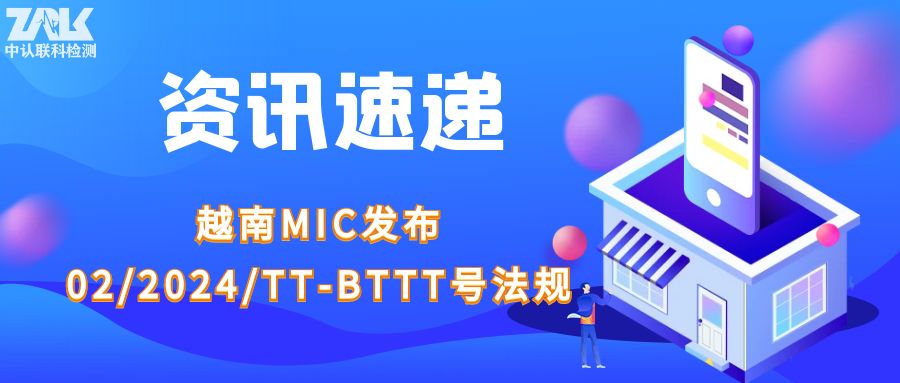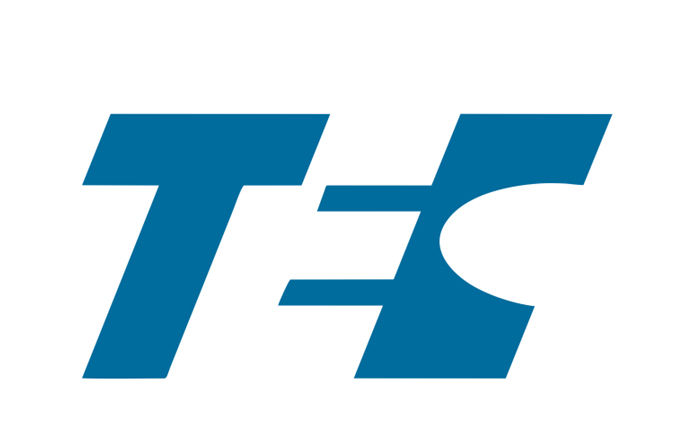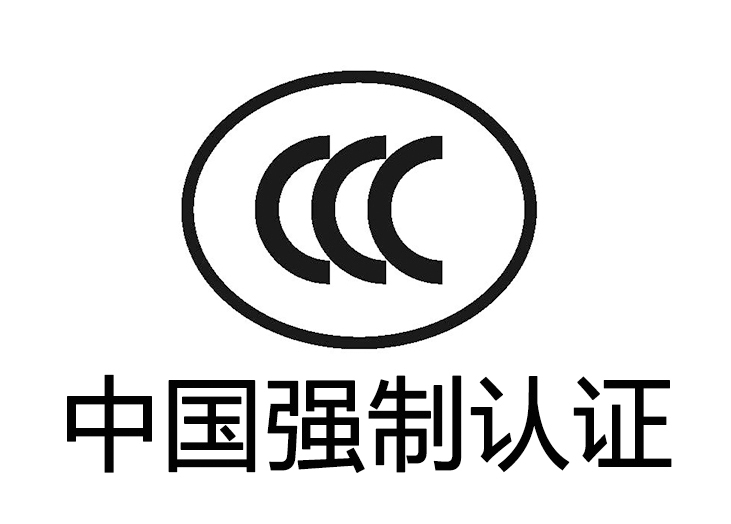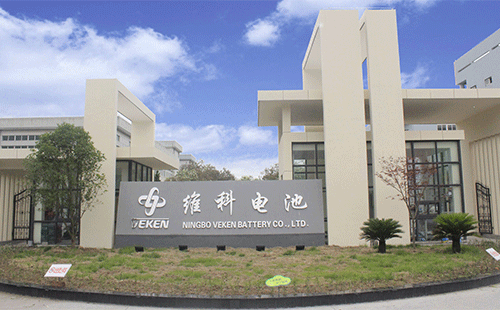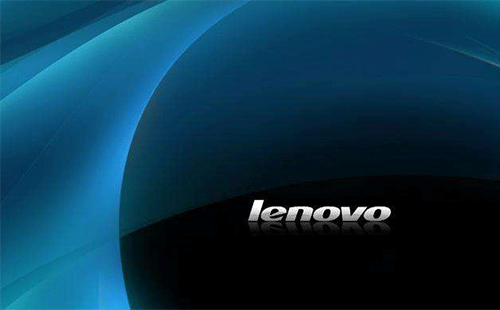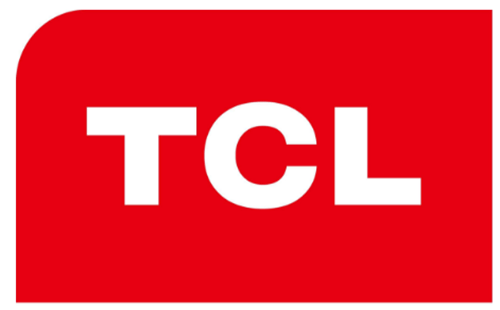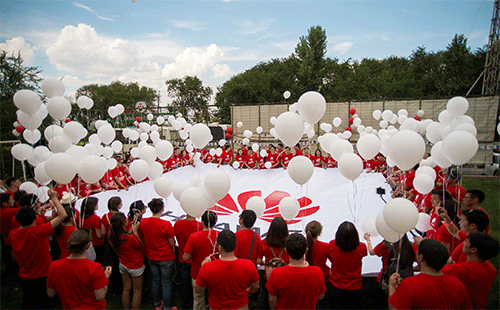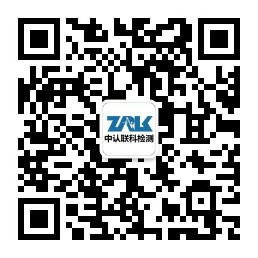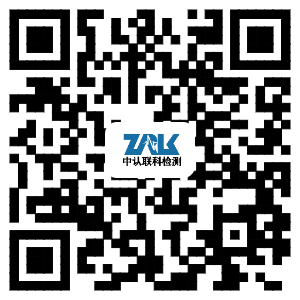In order to enable consumers to more clearly understand the certification marks on the products they purchase, and to reduce the certification costs burdened by product manufacturers, the Korea Institute of Technology and Standards (KATS) announced on August 20, 2008 that it will be in 2009. The new certification system KC certification (Korea Certification) will be implemented on January 1. The plan was first implemented in the Ministry of Knowledge Economy since July 2009, and is expected to be extended to all departments by the end of 2010.
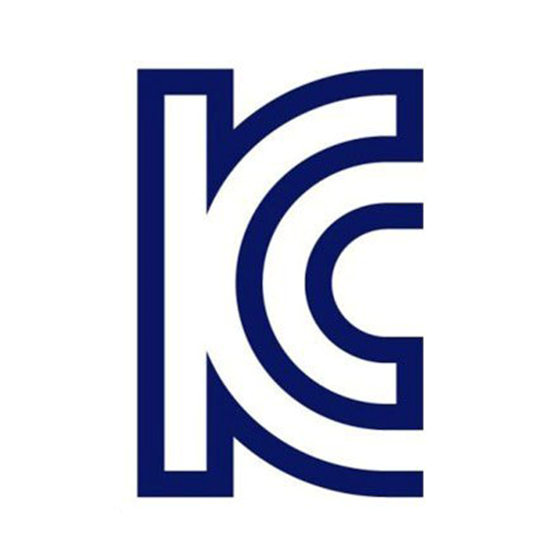
Korea KATS (Korean Agency for Technology and Standards) announced the applicable standards for portable secondary lithium battery packs and lithium batteries: Self-Regulatory Safety Confirmation, Annex 05, and included related products under the self-declared product category of the KC certification system , Officially implemented on July 1, 2009. At present, the testing of portable secondary lithium battery packs and lithium batteries must be performed by an authorized laboratory in South Korea, and cannot be recertified by the CB report of IEC 62133. After the product passes the evaluation, a confirmation letter of confirmation (Confirmation Letter of Declaration) valid for 5 years will be issued, during which no factory inspection is required. Since January 1, 2009, MKE (Ministry of Knowledge Economy) has unified 13 existing certification marks in Korea, such as eK, KCC, KPS, etc., into the KC mark as the national certification mark of the country. The transition period for the new and old logos is June 30, 2011.
Product Range:
Single cell (Cell): portable, energy density per volume exceeds 400Wh/L
Battery (Pack): Single cells are assembled in parallel
Portable lithium single batteries or batteries with navigation function, regardless of the energy density per volume, are applicable. (Used in harsh conditions inside the car)
Single batteries and batteries used in portable medical devices, barcodes and credit card readers are all suitable targets
Carrying equipment: MP3, electronic dictionary, PMP, laptop, digital camera, etc.
Non-certified objects: for vehicle driving, industrial use, medical use, or button shape.
standard test:
Self-Regulatory Safety Confirmation, Annex 05
Test items:
1. High Temperature Storage
2. Temperature Cycling Test
3. External Short Circuit Test
4. Crushing of Cells
5. Cell Protection Against a High Charging Rate
6. Thermal Abuse Test (Thermal Abuse Test)
KC data list
1. Application form (Jintong Testing provides a fixed format)
2. Model name classification model classification table (Jintong detection provides a fixed format)
3. Protection circuit (PCM) specification (circuit diagram, including IC circuit) (if there is a Thermistor part, please provide the specification)
4. Manual in Korean or English
5. Battery and battery specifications
6. Precautions such as transportation and packaging methods (can be placed in the product specification)
7. Korean nameplate
8. ISO9001 certificate or provide self declaration of conformity (Declaration of Conformity)
9. Factory business license (for the first time to apply for a factory) The battery is safe to confirm without factory inspection
10. Test sample (provide finished product with battery 30 + battery core 55)
11. Parts list (fixed format for Jintong testing)
12. CB certificate of battery cell or battery and IEC62133 test report
13. CDF list, including specifications of MOS tubes, IC and other key parts
14. Sample fixture
be careful:
1. If the applicant is a Korean company in the KC application form, the factory can write the actual factory name and address. If the applicant is a non-Korean company, the applicant and the factory information must be the same person;
2. For the selection of ETC options in the model division table, it is necessary to specify the materials for the lithium battery in the back;
3. The parameter information in all specifications must be consistent. Special letters must be noted for letters that have the same symbol for different meanings.
For quoting the parameters and specifications of a series of models, the source file needs to be attached;
4. Distinguish between the instruction manual and the specification book. The instruction book is for the end customer to inform the use method, and the specification book is to inform the product's specification composition.
5. Warnings and packaging methods need to be in Korean, you can refer to the Chinese and Korean warnings provided by Barron;
6. The Korean nameplate that requires a lithium battery in the Korean nameplate is marked with the KC logo, encoded according to the CB method, and the local Korean contact phone number is left;
7. If there is no lithium battery production scope in the ISO certificate of the applicant, a self-quality statement is required.
If you have any questions or are unclear about the above content, you can contact our company and a professional engineer can answer it online for you. ZRLK specializes in the testing and certification of batteries and peripheral consumer products. At present, it has been recognized by many international and domestic certification institutions, and has good cooperation with major domestic testing institutions. It can provide third parties equivalent to Europe, the United States, Asia, and Australia. Certification test certificates and reports and quality solutions will assist your products to quickly enter the international market.



